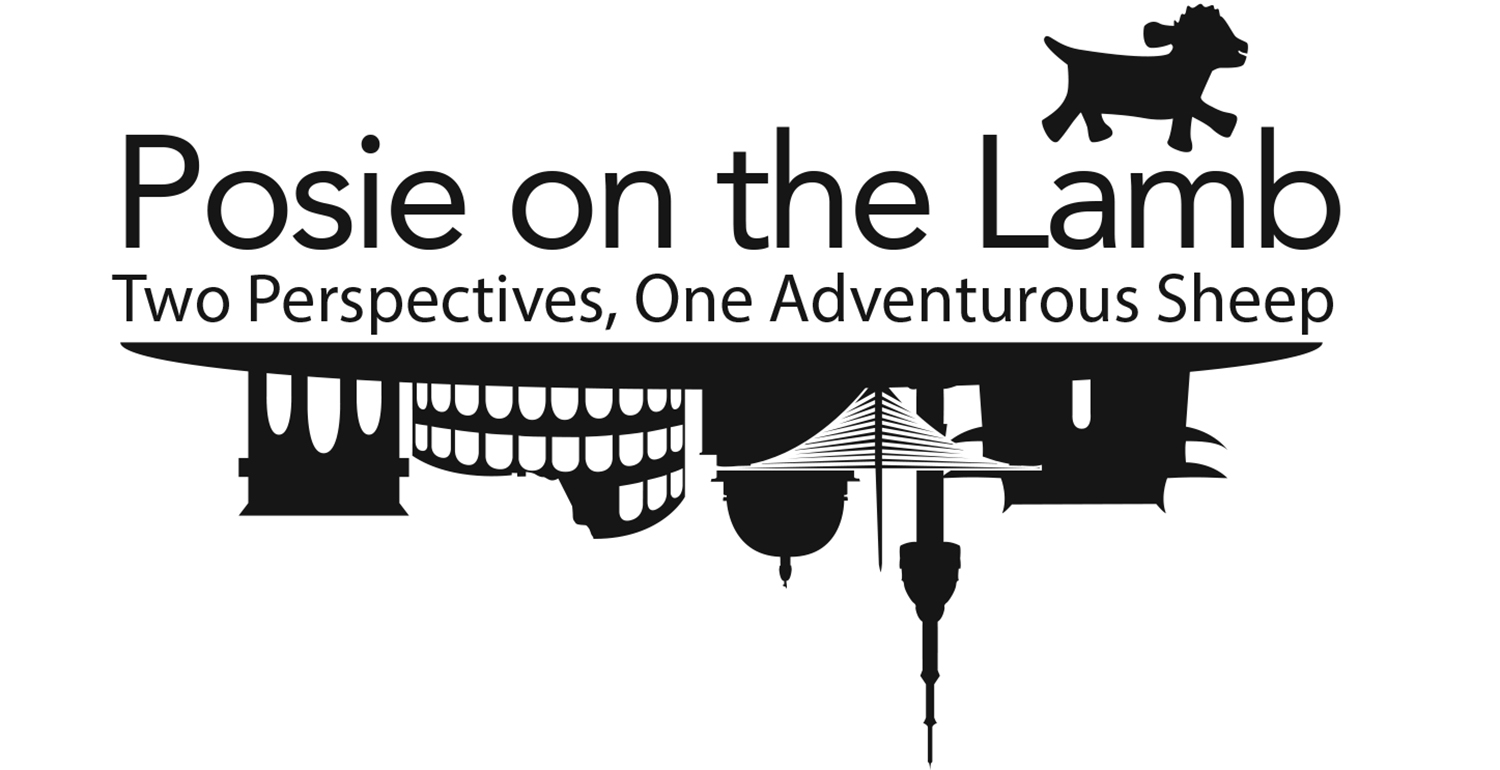Aaruul

After forty minutes with twenty-eight first graders, I had earned my coffee break. I was packing up to head to the Teachers’ Room when a student appeared beside my desk. She dipped her head shyly and handed me a grubby eraser. “Did you find it on the floor?” I asked, assuming this was a Lost and Found situation.
She shook her head and pointed at me.
“Oh, is it for me?”
A vigorous nod.
“Wow! Thank you very much!” I said with slightly exaggerated enthusiasm. Elementary school teachers get odd little tokens of respect and affection. I put the eraser with the sticker and half a gummy worm I'd received earlier that morning, but she shook her head adamantly.
“Teacher, eat!”
“…Seriously?”
She dug another piece from her pocket, popped it in her mouth, and waited for me to do the same.
Fortunately, Rule Number One of teaching is never to eat anything a first grader has touched.
“Mmmm, I’m so full now. But I’ll save it for later.” I picked it up and made a show of sniffing appreciatively. It smelled like something she’d found at the bottom of a laundry hamper. “Mmm, delicious!”
Once I was safely out in the hall I nabbed a passing Mongolian. “What is this stuff?”
“Oh, that’s aaruul. Aren’t you going to eat it?” He reached for the greyish cube.
“No, wait! It was given to me by a first grader.” I raised my eyebrows significantly.
He dropped his hand. “Ah. Well, it’s very delicious. You should try it sometime.”
So that night I did. Then I tried it again. I’m still trying a week later. As acquired tastes go, aaruul takes diligence.
Aaruul (ааруул in Cyrillic) is dried milk curd. It’s nothing like the salty lumps of cheddar we call curd in Wisconsin. Imagine milk left out to curdle then pressed and dried under the sun. The result is a brick of sour dairy that can last forever.
Last year, a thesis out of the Swedish University of Agricultural Science explored whether aaruul could be a profitable export for Mongolia. The conclusion? Not as long as people can taste it.
“The results from this study indicate that aaruul does not extensively appeal to non-Mongolians,” summarized Elizabeth Daginder, the paper’s author. Even in the best case scenario, foreigners thought the curd “only reached to between ‘neither like or dislike’ to ‘like it slightly’ on the hedonic scale.”*
I agree with her findings. There is nothing remotely hedonistic about fermented milk curd. I’m pretty sure if you threw an aaruul orgy, everyone would hang around politely for a few minutes before going home to order pizza.
Yet aaruul is a foundational Mongolian food. Consider it from a nomadic herder’s point of view. He has a modest flock of camels, some cows, a handful of goats. These animals need milking every night, and while there are many benefits to nomadic life, refrigerators are not among them. Either he guzzles it all in one go, or he looks for another way to preserve it.
And he definitely wants to preserve it, because there’s not much else to eat. Historically the Mongols aren’t big on farming, and it’s pretty clear why. They live in an arid, chronically-frozen sweep of emptiness. The nomad eats what his herd can provide: meat and dairy.
So aaruul was made to last. Plain aaruul is so dry it can’t be chewed; you suck on it like an everlasting fermented gobstopper. It can last for months without refrigeration, and is the perfect food to sling in a saddle bag on your way out the door. Admittedly, it also looks like dirty erasers and smells vaguely of feet. But it’s packed with vitamins and gives Mongolians their strong teeth and Hollywood smiles.
Nowadays, over a third of Mongolia’s population lives in Ulaanbaatar and can buy prepacked aaruul at the store. But as with Koreans and kimchi, most Mongolians prefer the homemade taste. Not necessarily from their own homes—they depend on relatives from the countryside or buy it at a market.
We hit a dairy stand yesterday for sweet aaruul. Sugared curd is soft enough to be molded into pretty shapes. It is also far more palatable, and marks the next stage in our mission for aaruul taste acquisition. The plain curd wasn’t hedonistic enough for my Western sensibilities. This decision was a result of a slight misunderstanding when a student handed me an actual eraser.
Thank goodness for Rule Number One.
-Erin
*Elizabeth Daginder, “Aaruul—A Mongolian dried curdled milk. Evaluation of the consumer acceptance and the health aspect,” Swedish University of Agricultural Sciences, Master’s Thesis, 2015.



